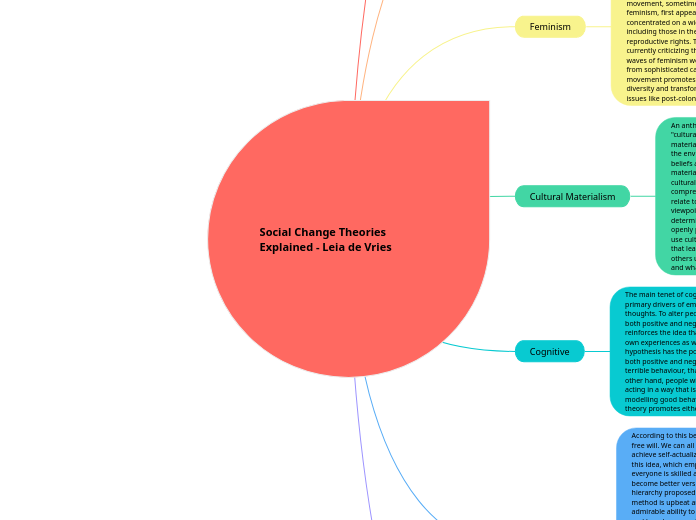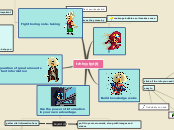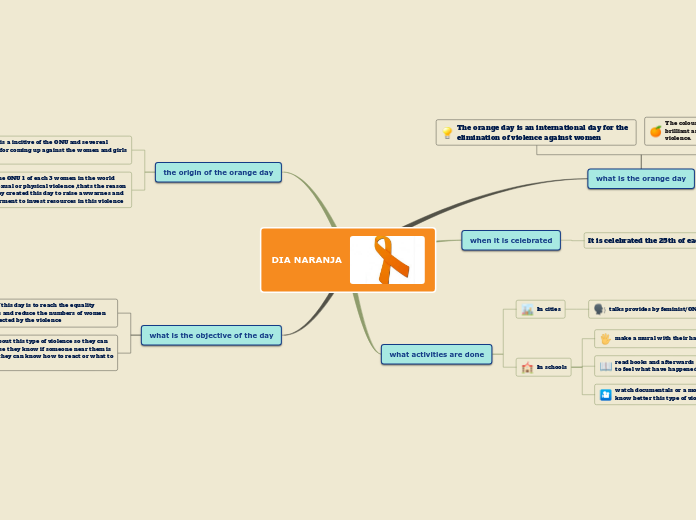da Leia de Vries mancano 2 anni
141
Social Change Theories Explained - Leia de Vries
Humanism is the belief that every individual has free will and the potential to achieve self-actualization. It highlights the ability of humans to overcome challenges and emphasizes personal motivation towards becoming better versions of themselves.









